Bug tracking is pivotal in ensuring software quality and reducing the number of defects in an app, which ultimately helps create a well-performing product that provides users with a great and enjoyable experience.
However, the bug-tracking process has its challenges.
Poorly recorded and unprioritized bugs, miscommunication between team members, and ineffective bug-tracking tools are some of the most prominent.
Addressing these problems is key to maintaining the efficiency and effectiveness of the bug-tracking process.
So, in this article, we will discuss five of the most common bug-tracking challenges and give you some helpful tips to show you how you might go about overcoming them.
Let’s dive in and explore the first challenge: dealing with bug reports that are not up to standard.
Table of Contents
Bug reports that are not up to standard
One of the most common issues in bug tracking is dealing with subpar bug reports.
Without a standardized format to follow, testers often report bugs with varying levels of detail and clarity, neglecting to include essential information.
These reports aren’t helpful to developers and can prevent an issue from being resolved in a timely manner, disrupting the overall development process.
A uniform format that all testers agree to use helps avoid the exclusion of vital information about found defects.
It should feature the following sections, which are considered the essential elements of a bug report:
- Bug title
- Environment
- Expected and actual result
- Bug priority and severity
- Useful attachments
Omitting these details, whether by the tester’s choice, their negligence, or by accident, will produce incomplete bug reports and can lead to delays in resolving the issue, causing frustration for both the testers and developers.
To remedy this, you can start by using a bug-reporting template like the one shown next.
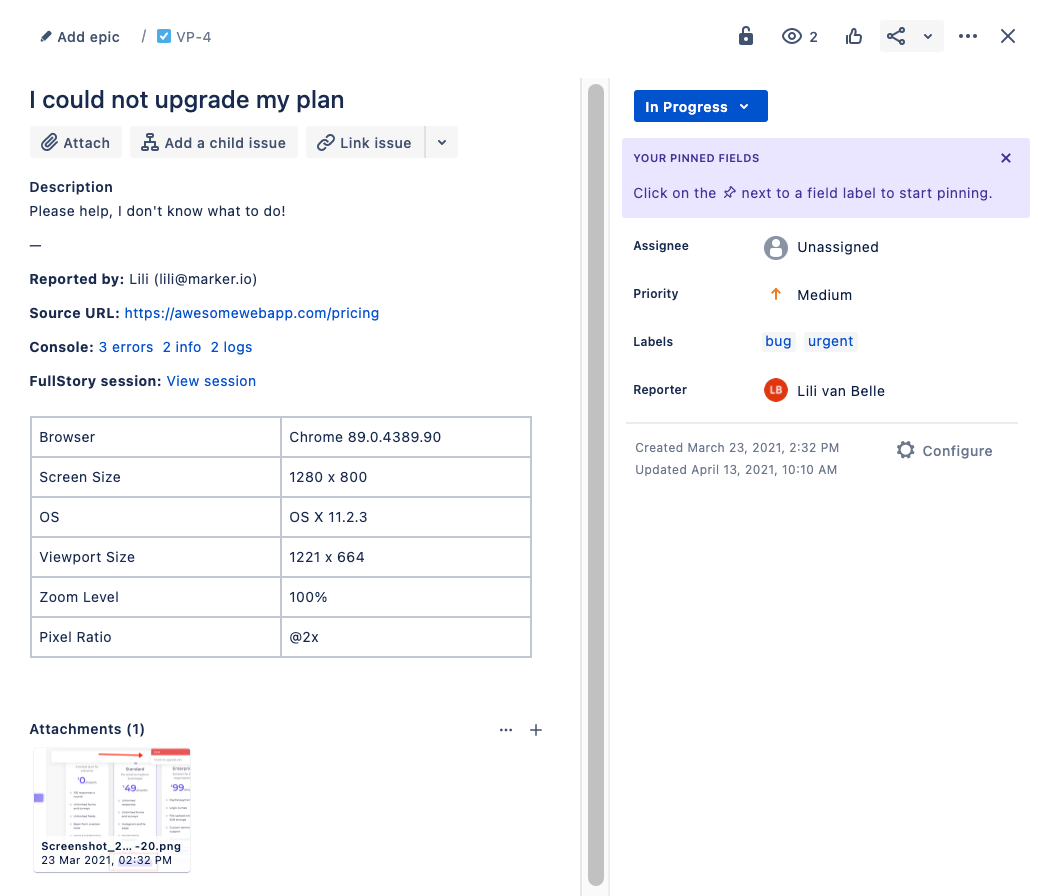
As you can see, this Jira template has sections for all the vital elements of a bug report, and testers need to simply fill out these fields to create a detailed report.
However, while following a bug reporting template will significantly reduce the number of nonstandard reports, testers can misunderstand the sections of the template and enter the wrong information or make mistakes as they have to manually fill out a large number of reports.

Get unreal data to fix real issues in your app & web.
To streamline this process further, you can use a bug and crash reporting tool like our own solution, Shake.
With this tool, a tester that encounters an app issue can just shake their device, and Shake will automatically collect and attach 71 pieces of valuable data, including these metrics:
- Device OS
- App version
- Memory status
- Connectivity details
- Storage status
In addition, Shake can automatically attach screenshots and screen recordings to bug reports, capturing the moments before a bug occurs.
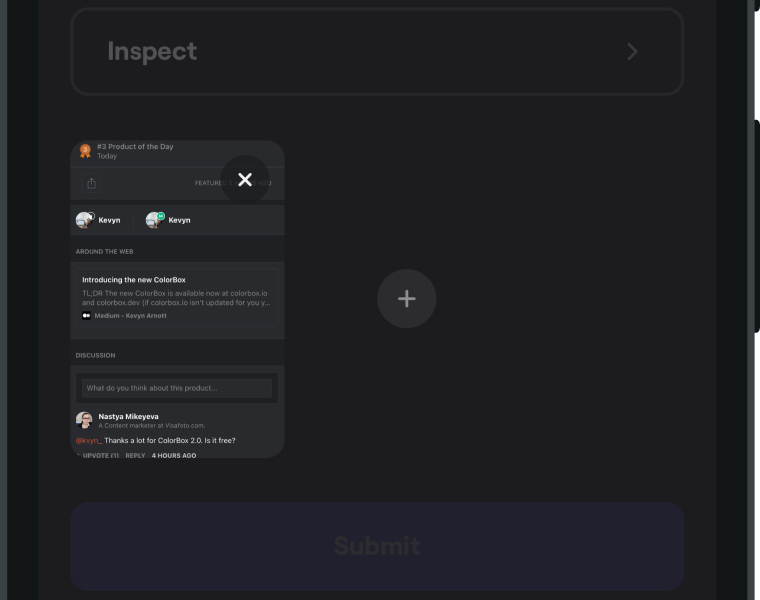
These elements will provide the details about the environment in which the bug occurred and give developers visual aid to help them quickly identify and reproduce the bug.
By ensuring that bug reports are standardized, sufficiently detailed, and accurate, teams and developers can work more efficiently toward fixing the defects.
Testers using different channels to report bugs
One of the challenges of bug-tracking is choosing the right channel to report bugs, since diversifying those channels in an ineffective way can lead to confusion, miscommunication, and even duplicated efforts.
There are many channels through which testers can report bugs. Here are some of them:
- Bug tracking tools
- Instant messaging or chat apps
- Email communication
- Spreadsheets or shared documents
- In-person or during meetings
While any of these can be effective, using multiple channels for reporting bugs can create confusion in the bug-tracking process.
Just imagine a developer receiving some bug reports via email, others through a bug tracker, and a few in a shared Excel spreadsheet.
This developer may not check some of these channels as often and overlook a bug report as a result.
Or, testers may send the same report through multiple channels, and several developers can start working on the bug simultaneously.
For this purpose, your organization should agree upon one communication channel that everyone will use to report bugs.
And we suggest using Shake to ensure testers and developers use the chosen channel consistently.
Besides being a great way to automate the bug reporting process, through its many integrations, Shake can facilitate effective communication between testers and developers by automatically forwarding bug reports created with the app to your team’s chosen communication channel.
The following image shows only a few of the many apps Shake can be integrated into.

For example, say you integrate Shake with both Jira and Slack.
Now, every time a new bug is reported by testers, instead of them having to decide the channel by which they will send the report to devs, it will simply be forwarded to your project’s Jira board immediately.
What’s more, a Slack notification will be generated as well, looking something like the one in the following image.
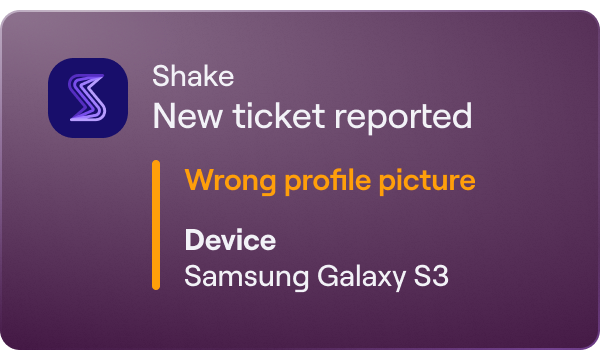
By simply integrating Shake with two different apps, you essentially minimize the chance of reports being sent through multiple channels and support effective communication between devs and testers.
Establishing a centralized reporting system will streamline the bug-tracking process and minimize the risk of overlooked issues and redundant work.
Not having proper bug triage
Not all captured bugs are equally important to address, so an effective bug-tracking process should employ practices that ensure bugs are properly prioritized.
This process may seem straightforward at first glance, as it’s standard practice for teams to merely use a to prioritize a bug according to severity.
However, although common, this practice may lead to improperly sorted defects, as proper bug prioritization should take many other aspects of a bug into account.
In fact, bugs can be sorted based on several characteristics, as you can see in the following image.
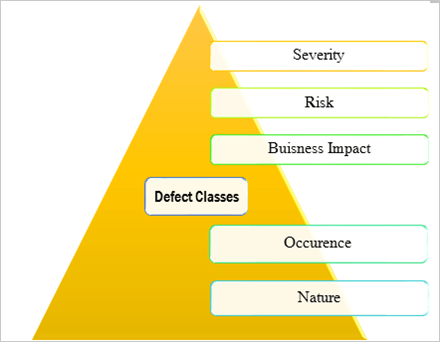
Therefore, a bug’s priority won’t depend on just a single factor but a combination of them.
For example, a bug that is highly damaging to an app can be categorized as a low priority if it occurs very rarely.
On the other hand, a less severe bug that may affect the reputation and image of a business will need to be addressed immediately.
Prioritizing bugs in this manner can be difficult without a high-level overview of all bugs, so one practice that is often employed is bug or defect triage, defined as the process of evaluating and prioritizing bugs or defects identified in an app.
This practice includes having defect triage meetings during which various professionals will answer critical questions about each defect, such as the ones covered below.
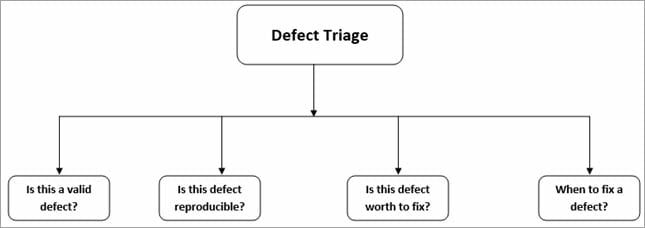
This process involves a team of stakeholders, including developers, testers, and team leads, collectively reviewing and assessing defects to determine their impact.
Once they determine that a bug exists and is reproducible, they assess the impact of the bug through the previously mentioned factors and finally decide when the bug will be fixed.
Test strategist Matt Eakin presents one possible way of evaluating the deadline for fixing a bug in this presentation.
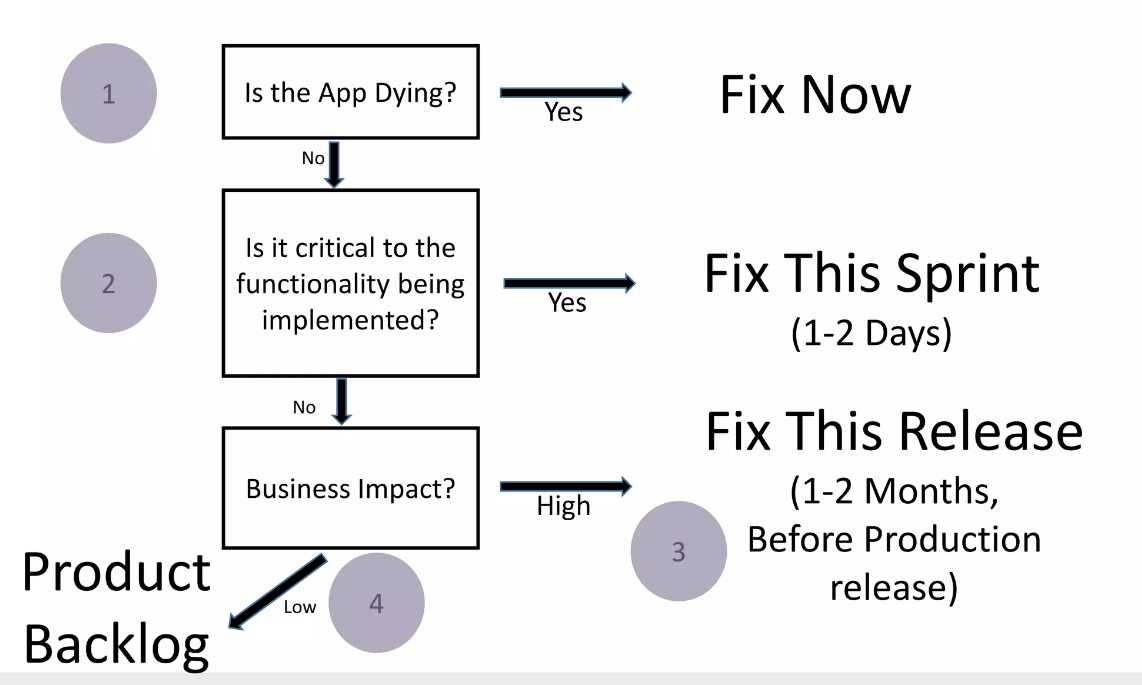
The process Eakin outlines prioritizes fixing highly severe bugs that affect the entire app first—if an app is made entirely unusable due to a defect, that one should be addressed immediately.
If a bug is not so severe, stakeholders should evaluate whether a defect disrupts the functionality of the app currently being implemented.
If this is so, that bug should be fixed in a couple of days. Otherwise, the focus shifts to bugs impacting the business, which must be addressed before the app’s release.
As you can see, a well-organized bug triage system can help an organization sort out the identified defects and allocate time and resources to the right issues first.
Ensuring that bug statuses are updated
Developers and testers often forget to provide updated information about a bug, making the process of tracking them more complicated than it needs to be.
A bug’s status is an important detail that gives everyone involved in the testing process information about the stage a specific bug is in, and how its fix is progressing.
The bug status usually aligns with the specific steps from a bug-tracking workflow.
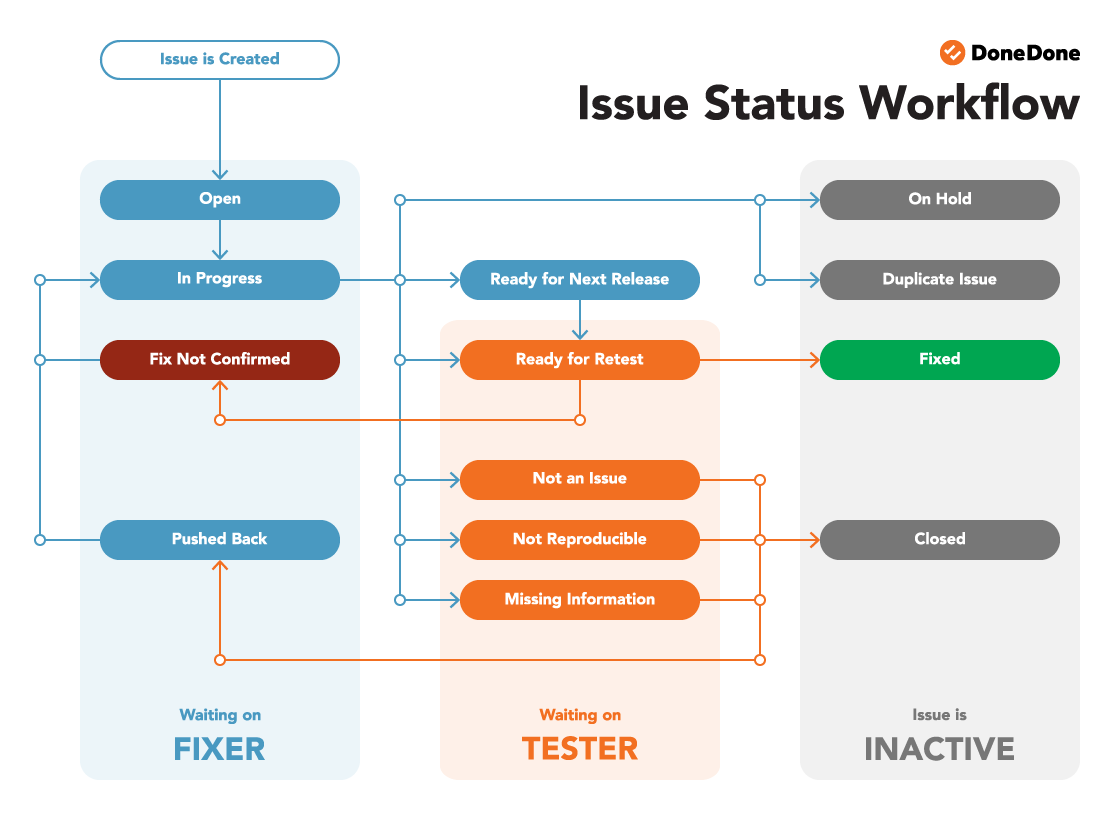
A well-established workflow will follow a bug through each stage of its life cycle. And as the bug moves through its life cycle, its status should change accordingly.
As you can see illustrated below, each bug in this table has its status—a newly reported bug can have its status set to Open, bugs that are getting fixed will be set as In progress, while fixed bugs will be marked as Closed.
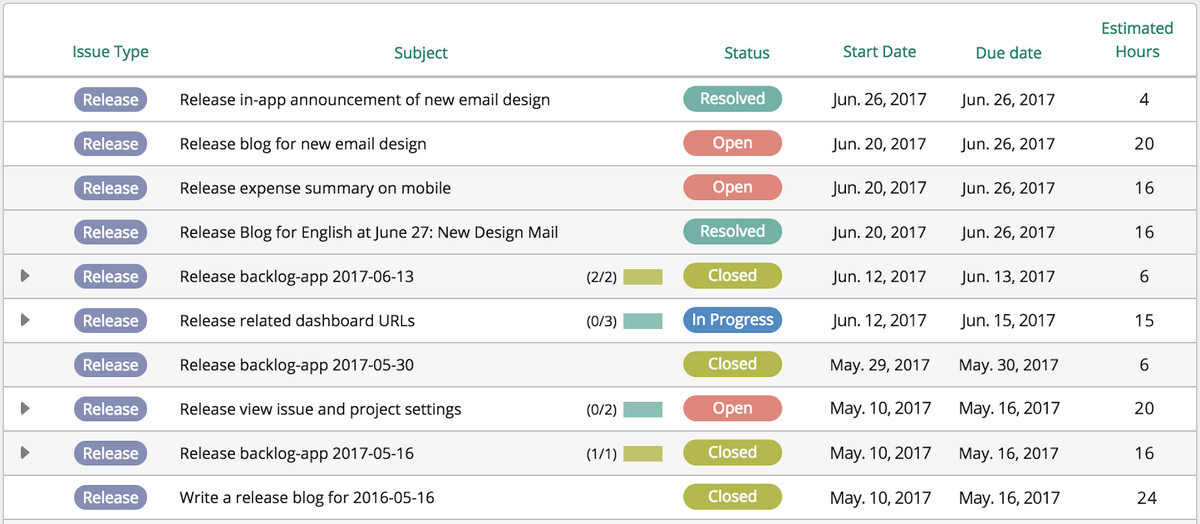
Not updating these statuses regularly and on time can cause duplicate efforts.
A simple example is when a bug is resolved but isn’t marked as Closed, causing other developers to try to fix the same issue, wasting their time and resources.
A great bug-tracking tool should offer clear visibility into the bug’s status and provide an easy way for everyone involved in the development process to change these statuses.
This is usually accomplished with a Kanban board.
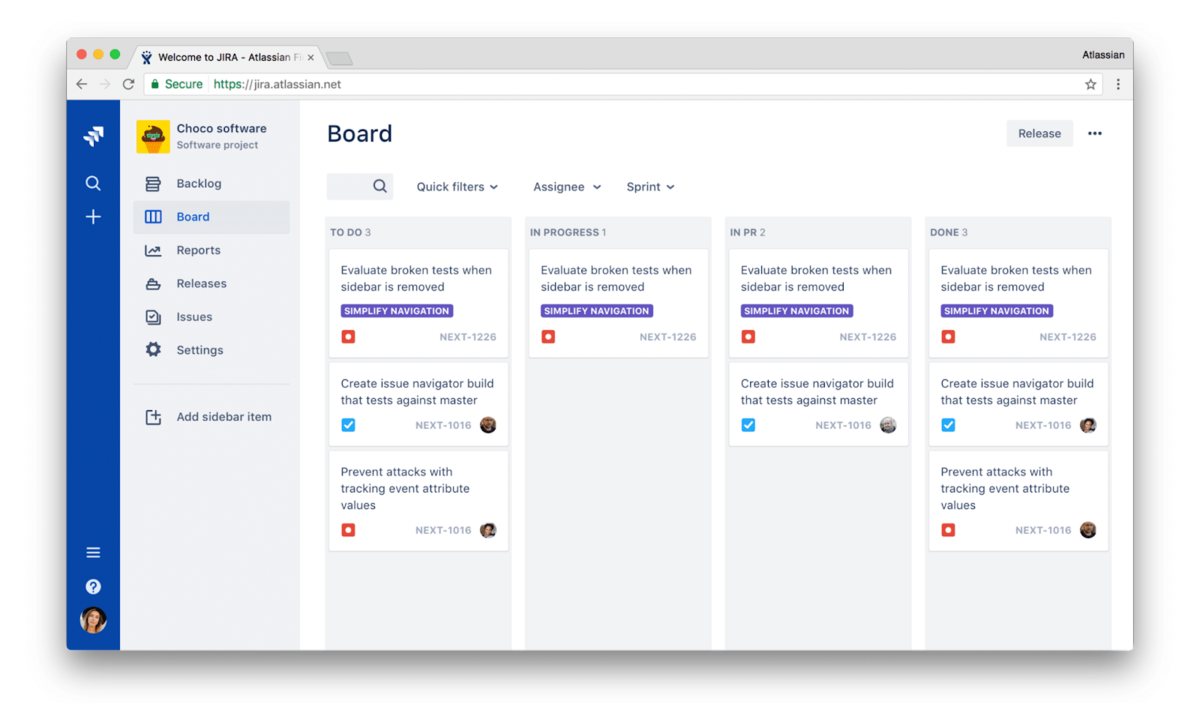
As you can see, this board has a column for bugs that are yet to be tackled, those whose fixing is in progress, and ones that are done.
These columns can be changed according to the specific bug-tracking workflow you use, but they should still be simple enough for anyone to use and update easily.
With a straightforward way of organizing each bug, testers and developers can have an easier time viewing and updating each bug’s status—from its initial discovery to its eventual resolution.
Knowing which bug-tracking tool to use
Given the variety of available options, selecting the right bug-tracking tool for your team can be difficult, but this is a crucial decision that should be taken seriously.
Knowing which bug-tracking tool to use poses a challenge, mainly because you have to determine which combination of features will be suitable for your organization and your team’s needs.
For example, the next image shows some features to look for in great bug-tracking software.
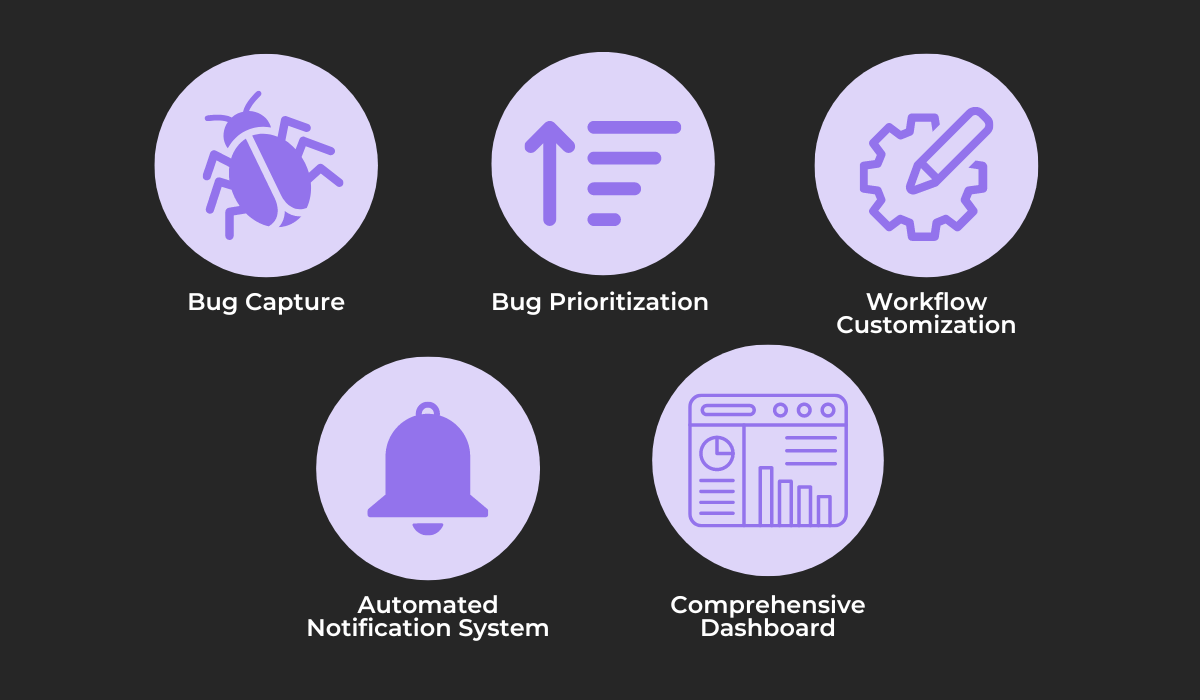
We urge you to read our article on this topic, where we expand on these characteristics. You may notice that these features can help overcome some of the challenges we covered in this article.
To illustrate, features like bug capture and prioritization can help testers send uniform bug reports and organize bugs based on their priority.

Very handy for handling user feedback. CTOs, devs, testers – rejoice.
On the other hand, workflow customization facilitates bug tracking and updates, with automated notifications alerting testers and developers of any status changes.
However, features are not the only concern, as you should balance functionality with the tool’s ease of use, interface, and pricing options.
We recommend you check out this article for insight into 11 bug-tracking tools and their pros and cons.
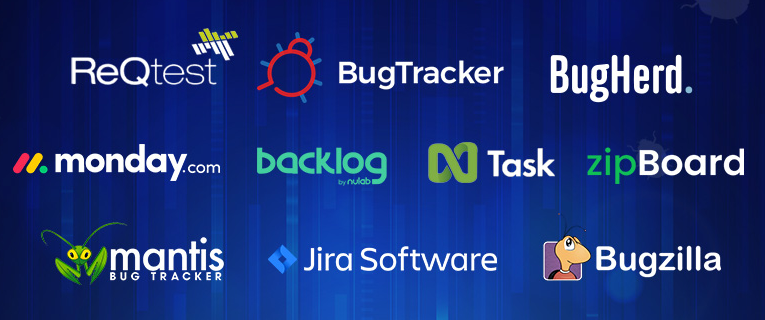
For example, Monday is a powerful system that can be used for bug-tracking that is intuitive and easy to use, with many customizable features and powerful integrations with other tools.
However, its price can be on the higher end compared to other tools on the market.
In comparison, MantisBT is a free bug-tracking tool that is just as customizable but can be more confusing to use as it has an outdated UI and a complicated design.
Carefully evaluate the characteristics of these tools and let your team’s and organization’s needs guide you to make the best choice for your project.
Conclusion
In this article, we’ve explored five bug-tracking challenges that teams commonly face and provided some practical suggestions for overcoming them.
We hope that by understanding these challenges, you can better equip yourself and your team to tackle them head-on.
By applying the strategies discussed in this article, we believe you can improve your bug-tracking process, ultimately leading to enhanced software quality and more satisfied users.
Keep in mind that the key to successful bug tracking is continuous improvement and staying adaptive to the dynamic nature of software development.
As you and your team start adopting our suggestions, you can expect to see a positive impact on your projects and apps with fewer bugs and defects.




